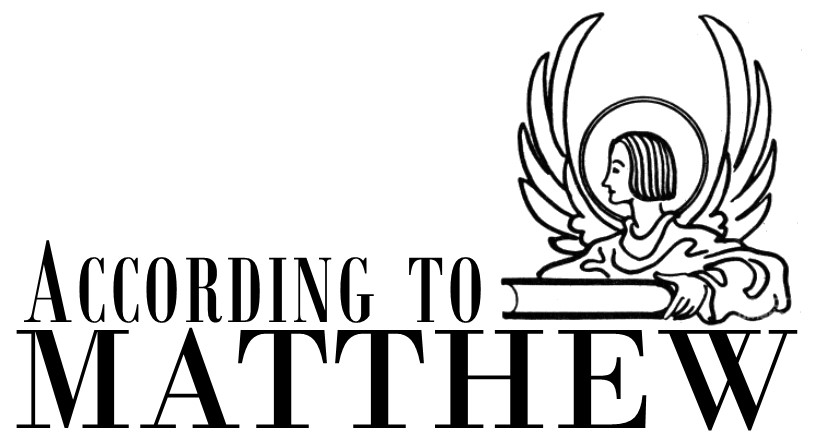Read Matthew 21:1-17 (18-46) (CEB, NRSV, MSG, KJV, Compare).
Jesus’ entrance into Jerusalem to the waving of palm branches and shouts of hosanna (Save us!) is attested to in each of the four gospels.
Have you heard this story before? If so, when you think about Jesus’ entrance into Jerusalem, what comes to mind? What images do you think of?
On Palm Sunday, what traditions do you typically look forward to?
Matthew’s telling of Jesus’ “Triumphal Entry” into Jerusalem is unique in at least two ways. These adaptations (some might even claim contradictions with the other gospels) in Matthew’s story continue to move Matthew’s argument forward: Jesus is the long awaited Messiah. Just as Matthew’s telling of Jesus’ birth is laced with prophecy, so is his entrance into Jerusalem.
On what does Jesus ride into Jerusalem? Unlike kings and soldiers, Jesus rides on a donkey in Jerusalem. Or was it a colt? Or was it both? In Matthew, Jesus rides on both a donkey and a colt. While the logistics of this are hard for me to wrap my head around, Matthew’s Jesus rides both a donkey and her colt (or foal) into Jerusalem in fulfillment of the scriptures (see Zechariah 9:9).
His arrival “stirred up the city” (21:10). The people were “hootin’ and hollerin’” around him, cutting down palm branches and laying them before Jesus. The crowds caused such a raucous that people began to ask, “Who is this?”
In what ways do you celebrate (make a raucous about) the arrival of Jesus into your life? Does your celebrating lead people to ask what or who you are celebrating?
Upon arriving in the city, Jesus entered the temple. And, in a fit of furry (reminiscent of the prophets of old—Isaiah and Jeremiah), Jesus overturns tables, disrupts the commerce going on, and proclaims, “It’s written, My house will be called a house of prayer. But you’ve made it a hideout for crooks” (21:13). This too aligns with the scriptures (see Isaiah 56:7 and Jeremiah 7:11). With commerce stopped, Jesus welcomes the blind and lame into the temple (from which they were normally barred from entering) and he heals them. So often we think of Jesus cleansing the temple as being about commerce. It might be better understood as a removal of barriers to worship. By cleansing the temple, Jesus makes God’s house that which it is supposed to be. God, speaking through the prophet Isaiah, declares: “My house will be known as a house of prayer for all peoples says the Lord God, who gather’s Israel’s outcasts. I will gather still others to those I have already gathered” (Isaiah 56:7d-8).
